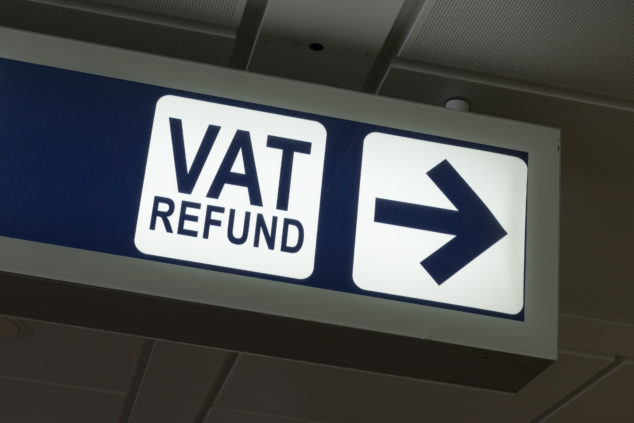The Office for National Statistics (ONS) – the number crunching part of the UK government responsible for providing data about the UK to politicians – is changing how it’s going to calculate the UK economy and GDP growth.
Their major overhaul is intended to increase the accuracy of the information provided to the government, financial markets, and made available to the press – and anyone else who’s interested.
Why was the change required?
It’s fair to say that governments around the world alter the way that they perform different calculations like the retail price index (RPI inflation), the consumer price index (CPI), the growth in the housing market pricing, the gross domestic product (GDP) and the size of the whole economy.
Sometimes, changes are made to calculations because they’re found to be inaccurate, misleading, or incorrect Different ways are discovered to alter perceptions like the hedonic adjustments made to inflation statistics.
This entails the perceived increased value of an item (like the inclusion of side airbags in a basic car model) sometimes overrides the actual increase in the price tag of the car in the index with the inflation number adjusted downwards because of it not being a like-for-like comparison.
In the case of the calculations for the UK economy and GDP growth, the higher level of accuracy helps the Bank of England and the government determine the real rate of growth so that they can make better policy decisions.
In the case of the Bank of England, it’s free to adjust interest rates downwards in an attempt to stimulate the economy with additional consumer spending in response to slowing growth, as viewed by the latest GDP numbers from ONS. With higher, more inaccurate GDP growth numbers, a different decision on whether to lower internet rates might be taken.
Which UK VAT returns will be selected?
It is the first time that the ONS has decided to access the VAT returns from small companies to better understand the size of the UK economy and the GDP rate.
SMEs comprise 98 percent of the total businesses operating in the UK but only 20 percent of the overall economy. Because of this, ONS plans to use VAT return data from approximately 600,000 VAT returns – one-third of the 1.8m total — which will capture far more small businesses than larger ones.
Previously, the largest corporations were predominately used to calculate the economy and GDP because they make up 80 per cent of the total economy with smaller businesses having a lesser focus.
With smaller business, ONS is looking to target operations with one hundred or fewer employees, which are usually not included representatively in their data sets. Previously, they have used business surveys and limited information collection on a per industry basis to gather data on the smaller businesses, but this will now expand rapidly.
Greater sector segmentation for SMEs?
With the increased focus on data sets for SMEs in different industries with a staff of 100 or fewer people, it may soon be possible to understand the GDP growth rate in both smaller sections of the overall market, as well as geographical differences.
Local hot spots are easier to identify when we can see which sectors are growing and those that are currently struggling.
The smallest companies are also most at risk of running low on funds during poor trading periods to cover their VAT and Corporation tax bills. However, alternative finance for VAT and Corporation Tax bills are available at affordable rates to bridge the gap.
Gradual phasing in
There are plans to continually increase the number of VAT returns included in the calculations over the coming years as the new approach to calculating the size of the economy and GDP growth gets phased in.
It has been suggested by an economist at PricewaterhouseCoopers that the ONS should release two results – one using the old calculation and a second with the inclusion of VAT returns – so that everyone can understand how much of change the revised approach has had on results. It is not known at this time whether the ONS will cooperate in this manner.
Less SME administration and ONS cost-cutting
The change in approach is likely to lessen the time-consuming nature of business surveys requested of small business that have better things to be doing with their time. By replacing SME surveys with actual VAT returns already submitted, SME company data is going to be used for more than purely accounting purposes and paying the value-added tax that’s come due.
As for the ONS, they’re expecting that the switch from surveys to VAT returns that are already computerised will save them considerable amounts of money over the coming years as the altered approach gets fully phased in. Of course, cost-savings at the government level are always welcomed.
The use of VAT returns, mainly from SMEs, is an exciting step that the Office of National Statistics is taking to improve the accuracy and usefulness of its economic reporting. It remains to be seen whether the data released allows people to see how specific industries are performing by region and company size.






